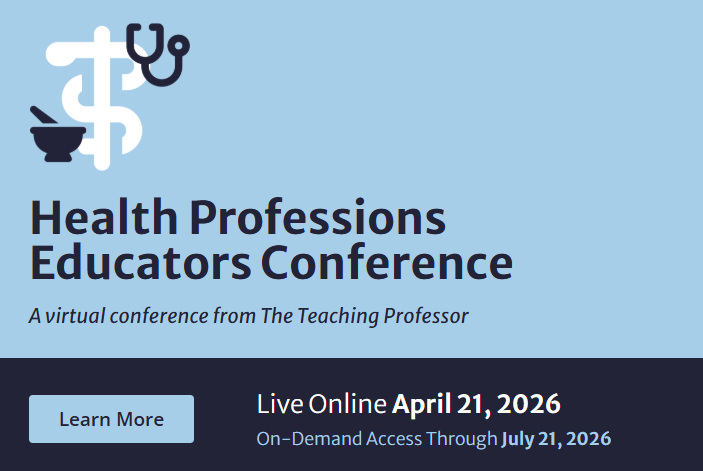ScreenChomp App Review: Recordable Whiteboard Provides Easy Way to Create, Explain and Share
ScreenChomp is a free, yet highly intuitive and powerful app that you and your students can quickly master. To use ScreenChomp you simply touch the record button; draw on the whiteboard using the available pen or markers; and provide a running narrative. ScreenChomp records your voice and drawing and then allows you to upload your creation to ScreenChomp.com. After uploading your project, you will be provided with a link which you can share via e-mail, Twitter, or on the clipboard. Nothing could be easier than that!



